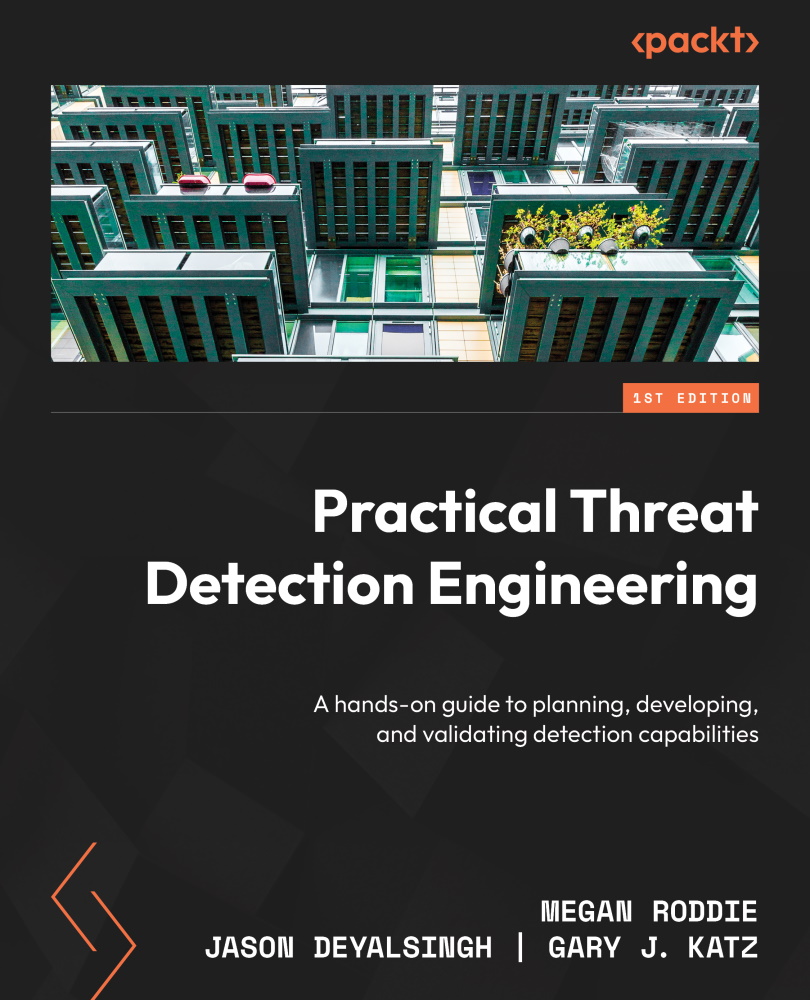Kim Crawley is a thought leader in cybersecurity, from pentesting to defensive security, and from policy to cyber threat research. For nearly a decade, she has contributed her research and writing to the official corporate blogs of AT&T Cybersecurity, BlackBerry, Venafi, Sophos, CloudDefense, and many others. She has been an internal employee of both Hack The Box and IOActive, a leading cybersecurity research firm.
With the hacker mindset, she hacked her way into various information security subject matters. She co-authored one of the most popular guides to pentester careers on Amazon, The Pentester Blueprint, with Philip Wylie for Wiley Tech. She wrote an introductory guide to cybersecurity for business, 8 Steps to Better Security, which was also published by Wiley Tech. She also wrote Hacker Culture: A to Z for O'Reilly Media.
To demonstrate her knowledge of cybersecurity operations, she passed her CISSP exam in 2023. In her spare time, she loves playing Japanese RPGs and engaging in social justice advocacy. She's always open to new writing, research, and security practitioner opportunities.
Read more
 United States
United States
 Great Britain
Great Britain
 India
India
 Germany
Germany
 France
France
 Canada
Canada
 Russia
Russia
 Spain
Spain
 Brazil
Brazil
 Australia
Australia
 Singapore
Singapore
 Hungary
Hungary
 Ukraine
Ukraine
 Luxembourg
Luxembourg
 Estonia
Estonia
 Lithuania
Lithuania
 South Korea
South Korea
 Turkey
Turkey
 Switzerland
Switzerland
 Colombia
Colombia
 Taiwan
Taiwan
 Chile
Chile
 Norway
Norway
 Ecuador
Ecuador
 Indonesia
Indonesia
 New Zealand
New Zealand
 Cyprus
Cyprus
 Denmark
Denmark
 Finland
Finland
 Poland
Poland
 Malta
Malta
 Czechia
Czechia
 Austria
Austria
 Sweden
Sweden
 Italy
Italy
 Egypt
Egypt
 Belgium
Belgium
 Portugal
Portugal
 Slovenia
Slovenia
 Ireland
Ireland
 Romania
Romania
 Greece
Greece
 Argentina
Argentina
 Netherlands
Netherlands
 Bulgaria
Bulgaria
 Latvia
Latvia
 South Africa
South Africa
 Malaysia
Malaysia
 Japan
Japan
 Slovakia
Slovakia
 Philippines
Philippines
 Mexico
Mexico
 Thailand
Thailand
















